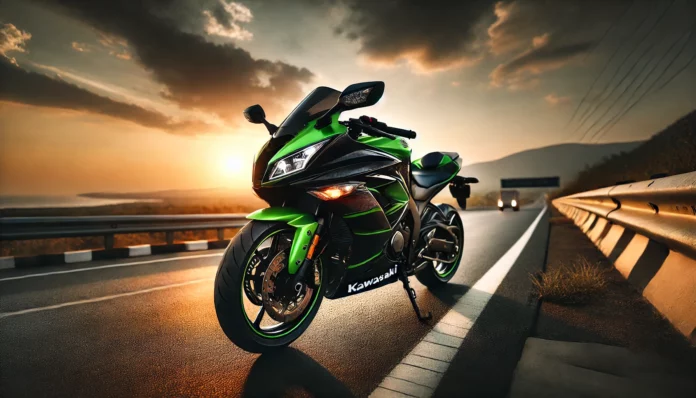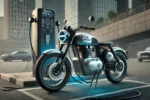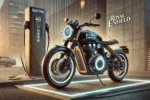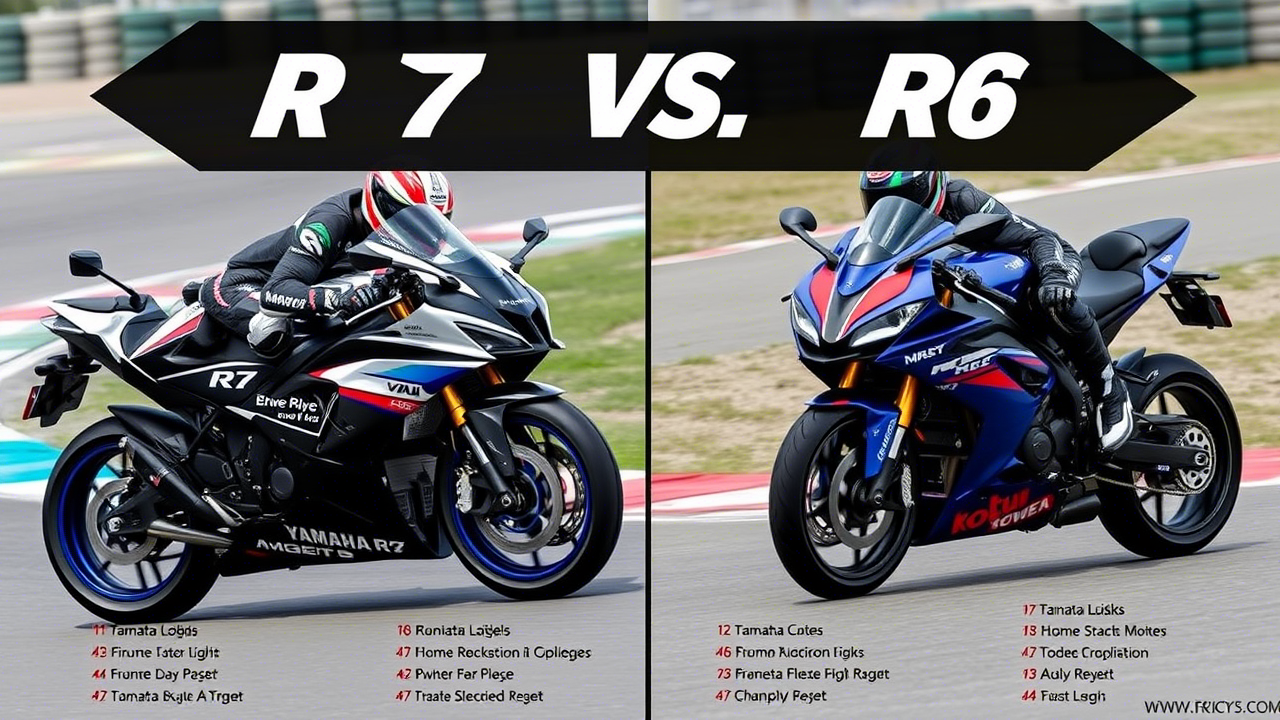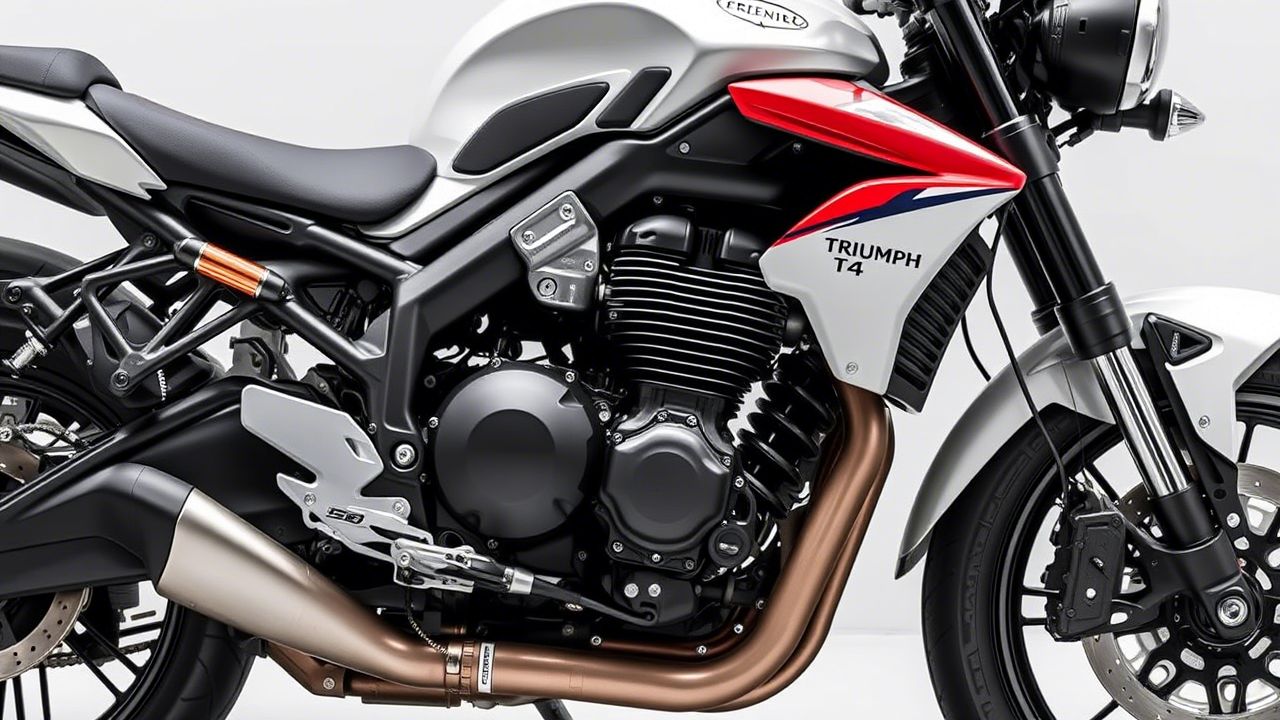The Kawasaki Ninja 400 is one of the most popular 400cc sportbikes, offering a perfect balance of power, efficiency, and reliability. Whether you’re a daily commuter, a weekend rider, or someone considering ownership, understanding its mileage, maintenance costs, and long-term reliability is essential.
In this detailed 2025 ownership guide, we will cover:
✅ Real-world mileage & fuel efficiency
✅ Maintenance schedule & service costs
✅ Ownership experience & reliability
Let’s dive in!
Kawasaki Ninja 400 Mileage: How Fuel-Efficient Is It?
Real-World Mileage (KM/L & MPG)
| Riding Condition | Mileage (KM/L) | Mileage (MPG) |
|---|---|---|
| City Riding | 24-26 km/l | 56-61 mpg |
| Highway Riding | 26-30 km/l | 61-70 mpg |
| Aggressive Riding | 20-22 km/l | 47-52 mpg |
✅ What affects mileage?
- Riding style: Aggressive acceleration reduces efficiency.
- Traffic conditions: Stop-and-go traffic leads to lower mileage.
- Speed: Cruising at 90-100 km/h gives the best fuel economy.
🏆 Verdict: The Ninja 400 is fuel-efficient for a twin-cylinder sportbike, making it a great choice for both city and highway riding.
Kawasaki Ninja 400 Maintenance & Service Costs
The Ninja 400 is known for its reliability, but regular maintenance is key to keeping it in top condition.
Recommended Service Intervals
| Service | Interval | Cost (Approx.) |
|---|---|---|
| Engine Oil Change | Every 6,000 km | ₹1,500 – ₹2,500 ($20-$30) |
| Oil Filter Replacement | Every 6,000 km | ₹500 – ₹1,000 ($10-$15) |
| Air Filter Cleaning | Every 5,000 km | ₹500 – ₹1,000 ($10-$15) |
| Brake Fluid Change | Every 12,000 km | ₹1,000 – ₹1,500 ($15-$20) |
| Coolant Replacement | Every 24,000 km | ₹1,500 – ₹2,000 ($20-$25) |
| Chain Cleaning & Lubrication | Every 500-700 km | ₹500 ($10) |
✅ Low-Cost Maintenance: Compared to higher-displacement sportbikes, the Ninja 400 has affordable service costs.
🏆 Verdict: The Ninja 400 is budget-friendly to maintain, making it a great long-term investment.
Kawasaki Ninja 400 Ownership Experience: Is It Reliable?
The Ninja 400 has a strong reputation for reliability, thanks to Kawasaki’s excellent engineering.
Long-Term Reliability Factors:
✔ Engine Durability: The 399cc parallel-twin engine is built to last and requires minimal maintenance.
✔ High-Quality Build: The frame, fairings, and suspension are durable and designed for longevity.
✔ Electronics & ABS: Kawasaki’s ABS braking system and digital instrument cluster are reliable with no common issues.
✔ Spare Parts Availability: Kawasaki has a strong global service network, making parts easy to find.
🏆 Verdict: The Ninja 400 is one of the most reliable entry-level sportbikes with minimal issues reported by owners.
Pros & Cons of Owning a Kawasaki Ninja 400
Pros ✅
✔ Great mileage for a sportbike (24-30 km/l)
✔ Low maintenance costs compared to larger bikes
✔ Reliable and long-lasting engine
✔ Easy to ride for beginners & experienced riders
✔ Good resale value
Cons ❌
✖ Service costs slightly higher than single-cylinder bikes
✖ Limited wind protection for long highway rides
✖ Slightly expensive compared to some rivals
Final Verdict: Is the Kawasaki Ninja 400 a Good Bike to Own in 2025?
✅ YES! If you want a sporty, reliable, and fuel-efficient 400cc bike, the Kawasaki Ninja 400 is one of the best choices in 2025.
🔹 Who should buy it?
- New riders looking for an easy-to-handle sportbike
- Commuters who want good mileage and reliability
- Riders who enjoy weekend rides and occasional track days
💬 Would you buy the Kawasaki Ninja 400? Let us know in the comments! 🏍️🔥

